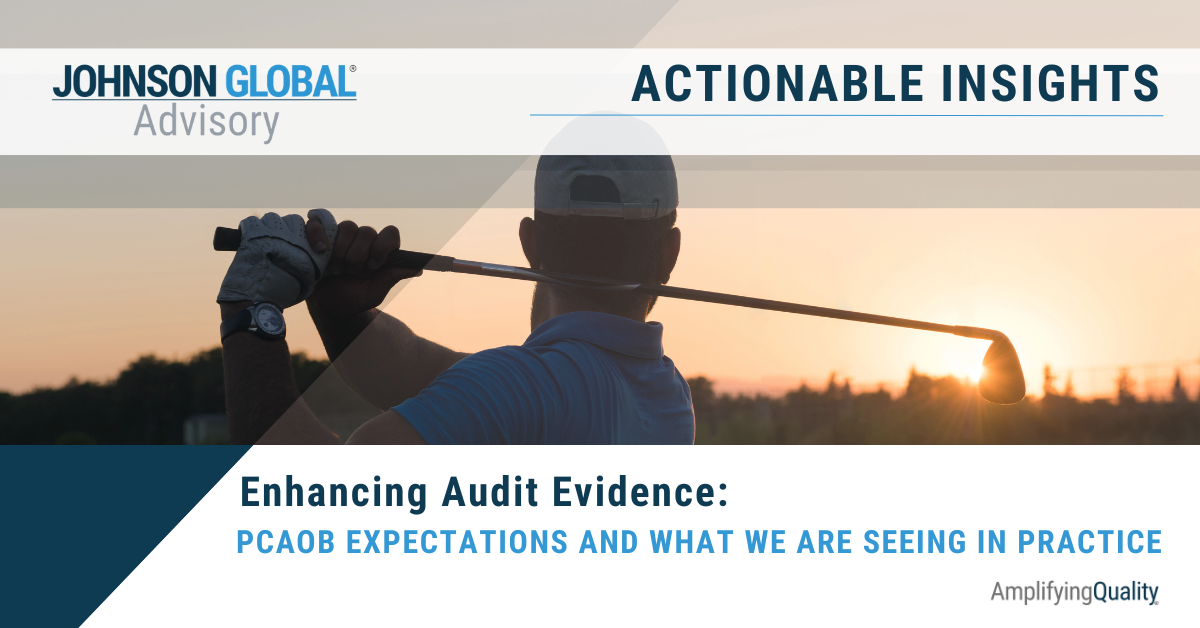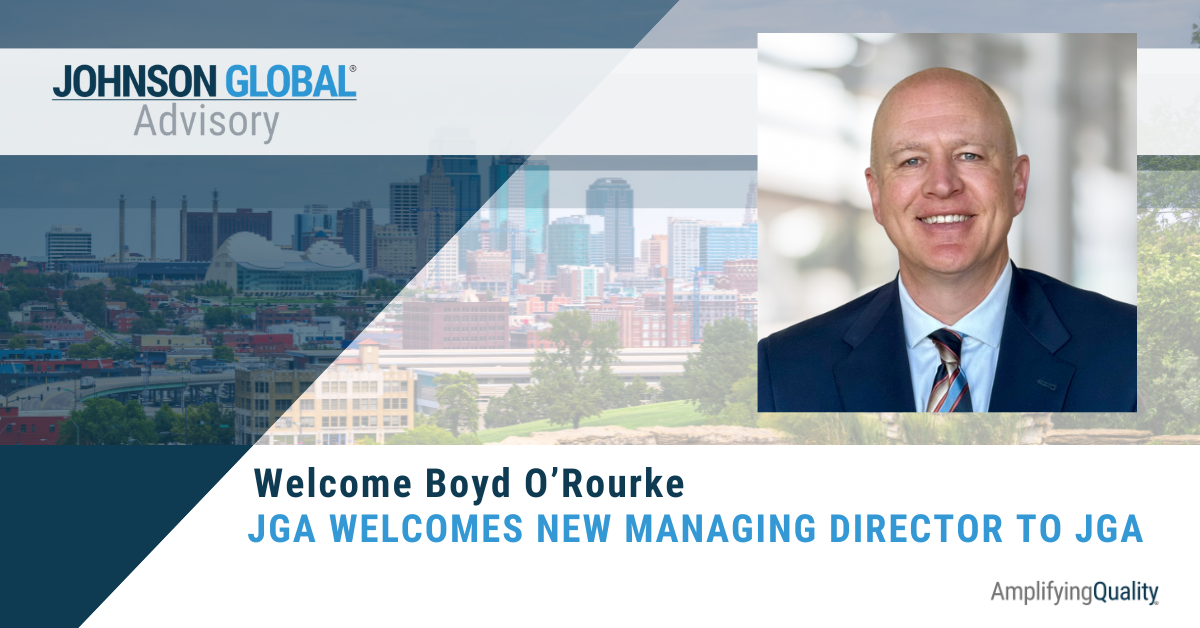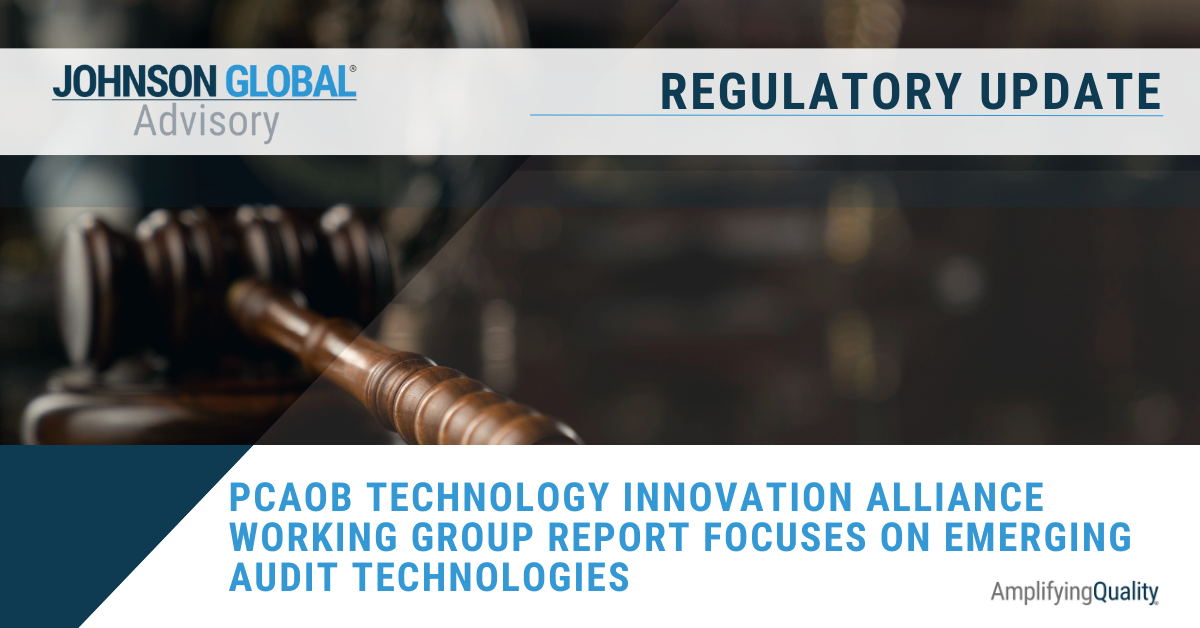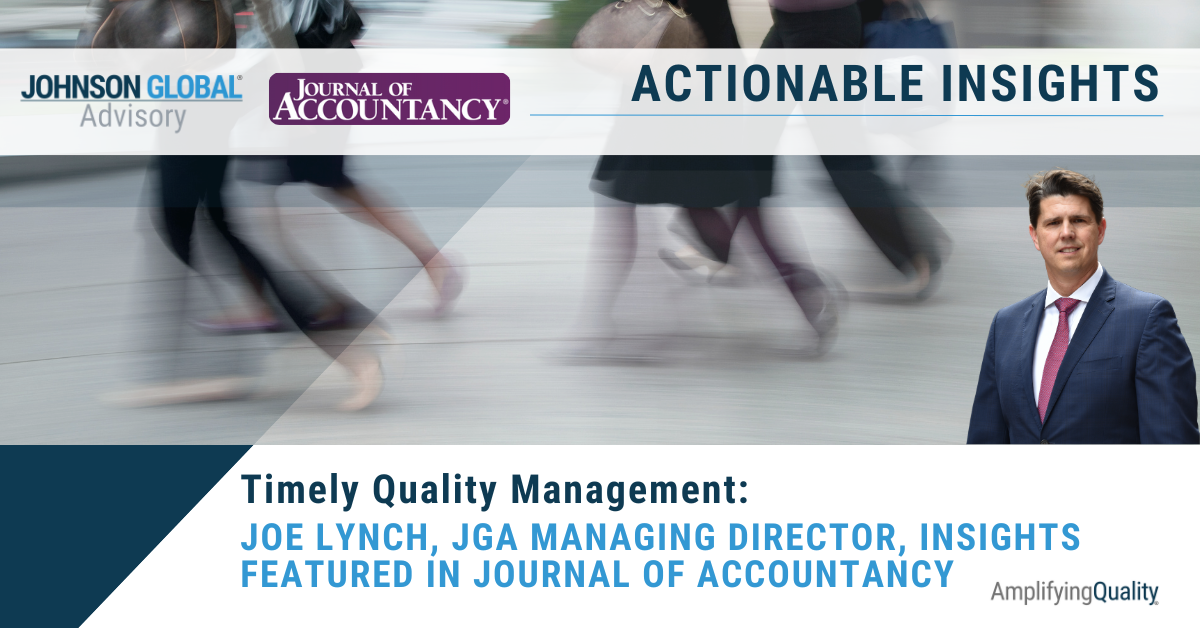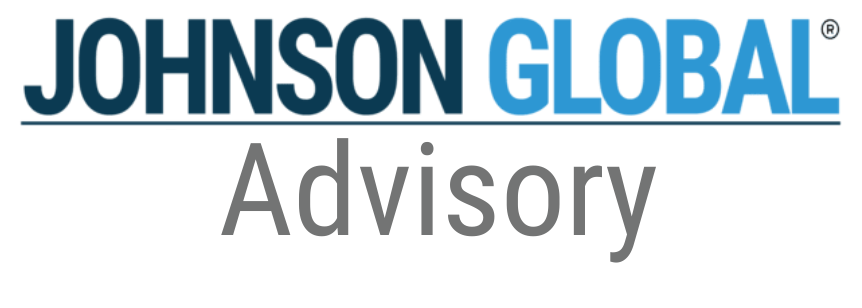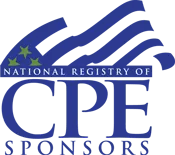Transparency... Playing the Push vs. Pull Game!

Over a three-month period in 2018, four of the five PCAOB board member positions turned over with the fifth board member position changing in November 2019. While this change was dramatic, each board member focused on an area of auditing they were passionate about; a tradition that has taken place with every board member appointed before them. Improving the transparency of the inspection process for financial market investors and users was a consistent theme amongst them.
With this as a backdrop, in July 2020, during the height of the dog days of summer, Board Member Brown presented a speech at the CFA Institute’s Corporate Disclosure Policy Council and Capital Markets Policy Council where he introduced a few aspects of the Board’s processes that, in his view, warrant some future consideration. In any normal year, some of Board Member Brown’s comments would have raised a few eyebrows. This is not a normal year and it seems his comments have not really garnered much press.
Pushing Transparency Out to the Markets
One of Board Member Brown’s key points was the current anonymization of issuer names in the inspection reports. Since the inception of the PCAOB, the names of the issuers related to the audits with deficiencies have been kept out of the public eye, not disclosed in any inspection reports. Board Member Brown believes it is time to re-consider this. His overarching concern seems to be that keeping the names of these issuers out of the public eye “has significant consequences with respect to the relevance and usefulness of our [PCAOB] reports.”
So, what issuer information should be in the reports? Should every issuer included in Part I be called out in the report? Let’s go ahead and reflect a little further.
Audit Committee Oversight
It is a common belief that audit committees and investors should be the key players in needing to know about any audit deficiencies. Although there is no formal requirement for an auditor to disclose its audit deficiencies – and thus no formal transparency requirement – as part of an audit committee’s due diligence, corporate governance and oversight (including the appointment of the auditors), audit committees should be asking the auditor if a recent audit has been inspected by the PCAOB and what the results were. The audit committees should also be getting an understanding of the audit firm’s quality control issues in Part II of the report including the remedial actions the audit firm is undertaking to address these deficiencies. This transparency will help the audit committee form its opinion on the quality of its auditors that it is engaging to opine on its financial statements.
Investors’ Access to Information (or lack thereof)
Investors, however, are unfortunately at a disadvantage as they are unable to easily discern audit quality concerns, unless they are made public in Part II of the report – and even in this case there is no identification of specific issuers. Typically, an investor is only aware of potential audit engagement deficiencies when they are reported on Form 8-K (e.g. issuer notifies public that its opinion can no longer be relied upon because of an unexpected restatement). That does not seem to be a very transparent process as by that time the horse has bolted the barn! Board Member Brown believes that naming issuers in inspection reports will help accelerate the timing of disclosing this information to investors.
Over the years, most investors have come to understand that an audit deficiency does not necessarily mean that the financial statements of the audit company are incorrect. I believe that with focused board outreach and continued education, audit committees and other stakeholders will understand the implications of audit findings and what that means from a financial statement accuracy perspective. Who knows, identifying an issuer by name in the report may spur an improvement in audit quality. After all, who wants their work called out in public?
At the one end of the spectrum should inspection reports continue the status quo and not publicly disclose issuer names, or go the opposite extreme and identify all issuers? Or should the regulator do something in between – perhaps only identify issuers if there is a known restatement or new material weakness identified from the audit deficiency? Personally, I feel we must move away from complete anonymity! Since the purpose of the PCAOB is to promote investor protection, misstated financial statements and misstated internal control assessments that are identified through the PCAOB Inspection process should be brought to light faster.
Affiliate Audit Firm Transparency
Board Member Brown also raised the concern of transparency of inspection results between affiliate audit firms. Each audit firm, whether or not it is an affiliate of another firm, is inspected individually and in its own right by the PCAOB. Since each firm is a separately legal entity, with separate registration with the audit regulator, the Board does not share inspection results between affiliate firms. In fact, one affiliate does not know if or when another affiliate is inspected. Thus, a lead audit team is at the same disadvantage of every other user of the inspection report as it does not know who the issuers are in the affiliate’s inspection report. In order to understand the quality of an affiliate / component team (in say country B) who is assisting a lead audit team (in country A), many audit firms require the country A lead audit team to confirm with the country B affiliate audit team (1) if the country B component of the issuer has been inspected, and (2) if so, what the results of the inspection were (i.e. did the PCAOB issue any comment forms as a result of its inspection). With the advent of the global economy and increased usage by lead audit teams of component auditors in other countries, transparency of issuer names in inspection reports can only help.
Pulling Transparency by the Markets
However, transparency of information from the internal workings of the PCAOB out to the stakeholders can also reap big benefits for audit quality. It seems slightly counterintuitive that as of the date of this article (September 2020) only 10 inspection reports have been issued this year! There must be a lot of things going on behind the scenes at the PCAOB! JGA’s detailed tracking of publicly available report data shows the number of issued inspection reports have decreased dramatically over the last 5 years. In 2016, there were 215 inspection reports issued or re-issued; 190 in 2017; 153 in 2018; 104 in 2019; and 10 so far in 2020
As we said previously 2020 is not a normal year for anyone – and considering the Board’s recent project to revise the form and layout of the reports which could be the cause of some of the delay – that is still a large drop-off in issued inspection reports. With so few inspection reports issued this year, there must now be a tremendous backlog of hundreds of inspection reports waiting to be issued.
How Old is Too Old
Stepping back for a second, there are several unintended consequences arising from this backlog:
- Many of the backlogged inspection reports are inspections that were primarily undertaken in 2019 (with some probably going back to 2018). That means that in all probability these would have been inspections performed on 2018 fiscal year ends audits. So once these backlogged reports get issued (whether in the fall of 2020 or sometime in 2021), the question to be asked is how useful and relevant is this information for investors, readers, and users of the inspection reports? Now granted, the individual firms are aware of the audit deficiencies they encountered in their 2018 audits.
When we assist a firm with an inspection or are hired to help make improvements in quality controls, our advice is the same: regardless of the delay in the release of your report, take a proactive approach to fixing the audit deficiencies. Even though it won't change the delivery of this information to external users and investors, it is the right thing to do. - Another aspect to consider is that even when these backlogged reports are issued, the Part II portion of the inspection report which describes the quality control issues, is kept non-public. Audit firms have 12-months to remediate these quality control deficiencies. Even once the 12-months have passed, the Board performs its own assessment of the firm’s remediation response. That takes some time to do as well.
If a firm does not appropriately remediate its quality control deficiencies, then its Part II findings are likely only released to the public in 2022 or later. How relevant is this information from a 2018 year-end audit in 2022? Our clients that start the remediation process early (even before they receive the report), have greater success at identifying and addressing root causes and fixing issues before they repeat in next year's audit.
At the end of the day, we can all agree that transparency is generally a positive and welcome action and that Board Member Brown’s comments should be considered further. The PCAOB is encouraged to be informing and interacting with all its stakeholders, so that we all understand the goals and mission of the US audit regulator. At the end of the day we are all aiming for the same goal – improvement in audit quality.
Geoff Dingle, JGA Managing Director, works with PCAOB-registered accounting firms helping them identify, develop, and implement opportunities to improve audit quality. With over 20 years of public accounting experience, he spent nearly half of his career at the PCAOB where he conducted inspections of audits and quality control. Geoff has extensive experience in audits of ICFR and firms’ systems of quality controls. Prior to the PCAOB, he worked on audits in various industries at Deloitte in Atlanta and Durban (South Africa).
